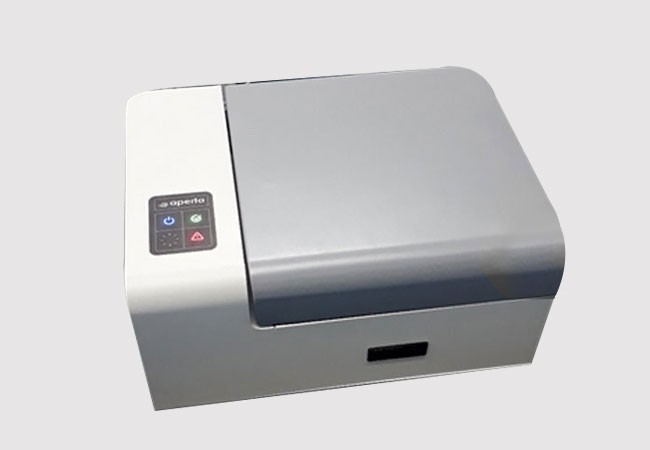Ultraviolet Disinfection Device
Many objects that we use routinely can be carriers of harmful viruses and bacteria. Most of these objects are not suited for chemical cleaning. UVC light is fast, effective & proven disinfection tool against harmful bacteria and viruses.
Envolv’s Aperta branded UV Disinfection System offers a chemical free, eco-friendly, fast and intelligent disinfection solution for various objects such as mobile phones, iPad, watches etc.
Why UVC Light
UVC technology uses ultraviolet light in the germicidal range to eliminate highly infectious disease causing microbes. These are high energy radiations that has the potential to destroy a vast majority of pathogens that are found on objects in day-to-day use. UVC technology have been used in various disinfection applications for more than a century.
Ultraviolet light is broadly classified into several bands –

| UV Band | UV Wavelength (nm) | |
|---|---|---|
| UVA | 320 – 400 | |
| UVB | 280 – 320 | Germicidal |
| UVC | 200 – 280 | |
| VUV | 100 – 200 |
UVC radiation destroys the ability of microbes to reproduce, by causing photochemical changes in the microbe DNA and RNA. UVC radiation can break bonds in nucleic acids, causing mutations and disruption of cell processes.
This prevents the microbe from multiplying, spreading and infecting, rendering it harmless.

Disinfection differs from sterilization. Sterilization completely kills pathogens, whereas disinfection eliminates the pathogens to some extent (up to a safe level). The extent to which elimination happens is quantified using log percent levels (or log reduction) that ranges from 99.9 – 99.9999 % (LOG3 – LOG6) levels. Ultraviolet irradiation on a surface results in surface disinfection rather than sterilization. The log reduction achieved depends on several factors, such as the microbe under consideration, irradiation duration, irradiation intensity, and the distance of object from light source.
Each pathogen has to be exposed to UV radiation of certain dose to achieve the specified disinfection level.
| Microbe type | UV Dose for 99.9 % disinfection level (mJ / cm2) | |
|---|---|---|
| Influenza (virus) | 6.6 | |
| E. coli (Bacteria) | 5.4 | |
| White mould (Fungus) | 10.2 | |
| Cryptosporidium (Protozoa) | 12 |
Data illustrating various disinfection levels for different microbe types

A study* shows that disinfection levels (90 %) for various Coronaviruses range from 0.7 mJ/cm2 to 24.1 mJ/cm2, with a mean value of 6.7 mJ/cm2.Based on this data and using decay models, a dose of around 20.2 mJ/cm2 was found to be adequate to achieve a disinfection level of 99.9 %. [as can be seen from the decay plot]
* Kowalski, W., T. Walsh, and V. Petraitis. "2020 COVID-19 Coronavirus Ultraviolet Susceptibility." (2020).
Applications of UVC Sanitizer
Sanitize Devices with Ease for a Safe Place
- Sanitize multiple devices at once
- No training required. Can be used by staff and visitors alike
- Chemical-free solution that won’t damage sensitive touchscreens
- Hands-free device placement & retrieval

Key Features
- 360 Degree Irradiation
- Chemical free sanitizer
- Fast disinfection
- IoT enabled
- Touchless Operation
- Ensures 99.9% kill of pathogens
- Fast disinfection
- Touchless Operation
- Automatic Lid Opening and Closing
- Multi-user friendly
- Suited for multiple objects
- Safe and simple operation
- Highly efficient
- 10,000 hours operation
- In-built degradation monitoring
- IoT enabled, Remote Monitoring
- Electrical and Eye Safety compliant
- Continuous Product Support
CERTIFICATIONS & TESTING
CE , ASTME1153-14

